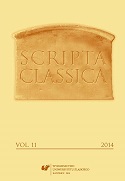

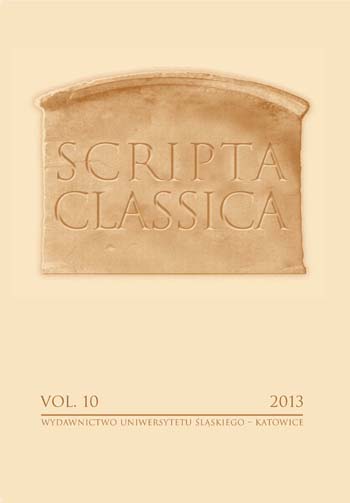
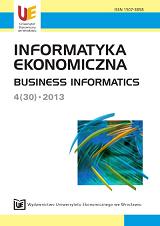
Keywords: knowledge management; knowledge localisation; knowledge acquisition; quality management systems; software developing organisation; organisation of empirical studies
The purpose of the paper is to present the organisation and results of the empirical research facilitating the localisation and acquisition of knowledge in software developing organisations which have designed, documented, implemented and maintain quality management systems.The author’s interest is focused on presenting a project of empirical research aimed at the localisation and acquisition of knowledge in software developing organisations. The paper contains an assessment of the usability of the previously proposed model of transition from quality management systems to knowledge management systems in software developing organisations for the purpose of establishing KMS elements (solely for knowledge localisation and acquisition processes). The assessment of usability is made in relation to quality management systems conformable with the ISO 9001:2000 supplemented by ISO/ IEC 90003:2004.
More...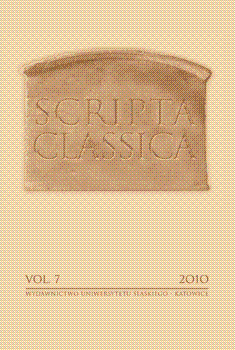
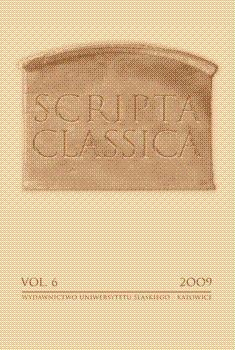
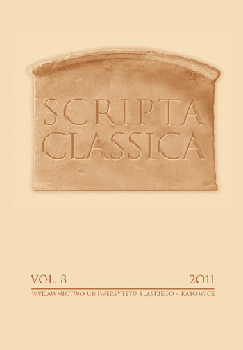
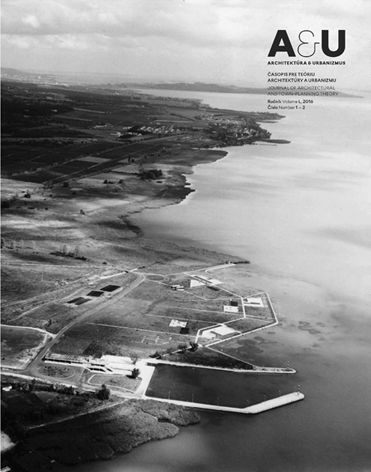
The decade of the 1960s was an exceptionally favourable one for the Czechoslovak cultural and intellectual world. It was during this time that a great many noteworthy initiatives arose across all areas of social life – and the scholarly sphere was no exception. The era’s overall enthusiasm, the emergence of new research trajectories and the desire to present the results achieved at the highest possible level were re ected, specifically, in the founding of the € rst scholarly journal treating architectural design and urban planning in Czechoslovakia.Architektúra_& urbanizmus, journal of architectural and townplanning theory, to give its full title, was created in 1967 with its institutional base in the institute of Construction and Architecture of the Slovak Academy of Sciences in Bratislava, working in cooperation with the Department for the Theory ofArchitecture and Creation of Living Space of the Czechoslovak Academy of Sciences in Prague. At its founding, the journal was not only notable for its content alone – but no less for its form. The author of the original graphic design of the journal was the Slovak artists Tatiana Križanová Lizon. Its square format and strikingly coloured cover, with the area occupied by the initials “a” and “u” in lowercase form, were a characteristic product of the Sixties. The hypertrophied icon ‘au’, layered one above the other, remained the recognisable logo of the journal for over twenty years. A change in layout only occurred in 1991, with the new graphic format and the journal logo, now in the form of a stylised ‘A&U’, designed by architect Peter Moravcík. While the actual logo then persisted up until 2015, the cover design and internal typographic organisation changed twice in the intervening years: in 1993 in the design of graphic designer Jany Sapáková and in 2009 from the plan of art historian Peter Szalay. As such, the design of the journal closely re ected not only its internal dynamics, but also broader social circumstances. And the tradition of high artistic cultivation in the journal has continued up to today, to our re ections on how to visualise its € ftieth anniversary issue. As a result, for the € rst time in the history of A&U, its form has become the subject of an artistic competition. This competition took place in two rounds in late 2014 and early 2015, and attracted several leading representatives of Slovak design: Juraj Blaško, Anna JablonowskaHoly, Matúš Lelovský, Peter Liška, Boris Meluš and Lubica Segecová. The jurors, Marcel Bencík, Lubica Hustá, Henrieta Moravcíková, Mária Rišková and¨Peter Szalay, eventually entrusted the design of the journal to the hands of designer and instructor at the Bratislava Academy of Applied Arts Juraj Blaško. Hence the journal will now appear in a new form, one continuing the high visual level of the periodical, developing its potential, and while retaining continuity with the past moving the publication itself visually into the 21st century.
More...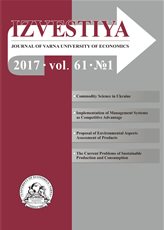
Keywords: consumption; design; production; sustainable development; technology
Sustainable development is linked to balancing consumption with sustainable production. When considering its interrelations and cause-and-effect relationship, sustainable consumption and production should be expected. In practice, it is impossible and paradoxically, the existing discrepancy between mutual non-matching of production and consumption is deepened by the same factors that enhance sustainability individually within production and consumption spheres. Moreover, this discrepancy is deepened by such positively perceived factors as the process and product innovation being a motive power for launching new products on the market and increasing competitiveness. This is noticeable when considering an increasing quantity in product supply and developing new ranges of hitherto unknown products as well as accompanying global increase in consumption of raw materials, energy and waste. Production brings a strong stimulation of consumer needs and demands but it also puts pressure on consumers through marketing activity, advertising and promoting consumption lifestyle patterns. In this paper, the actions targeted at developing sustainable production and consumption in two areas are described. The factors of mutual unsustainability between production and consumption within the cycle: environment - resources – production – distribution – consumption – waste - environment.
More...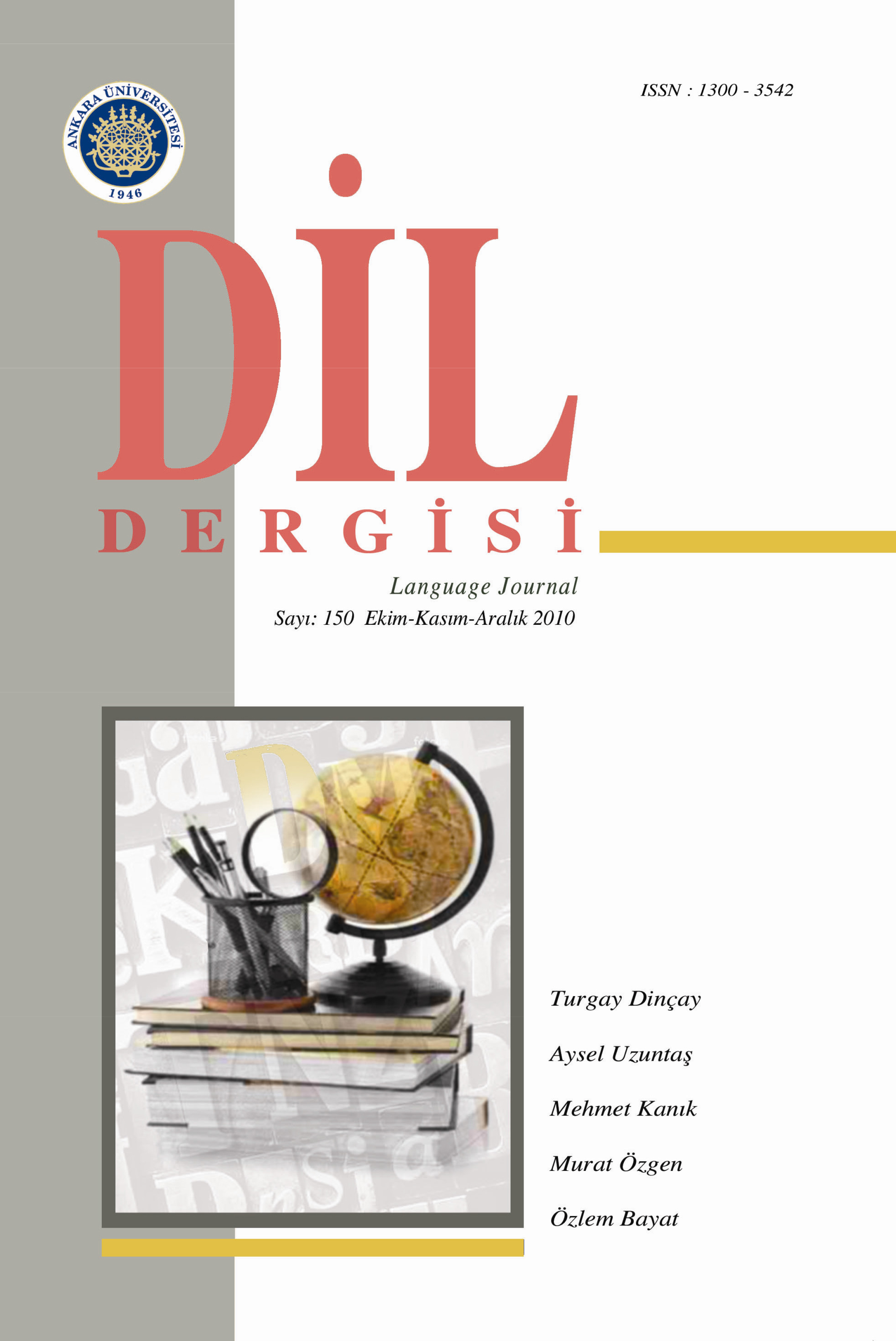
Keywords: ESP; syllabus design; language needs; wants; decision-making; course content;
This paper examines the organization of a six-week Conversational English ESP course design for the tweny-two adult administrative human resources staff working in the International Inlingua Language Learning Center in Istanbul. At the very start of this course, a thorough needs analysis taking into account the language needs of the learners based on the essentials put forth by Hutchinson and Waters (1987) and Dudley-Evans and St.John (1998) established the core framework for the study and the findings from this analysis were used for the ESP course and syllabus design. In the final phase of my study for the ESP course design in question, the choice of the right syllabus was a major decision in language teaching, and it was made as consciously and with as much information as possible. After due consideration, I decided on the Situational-Based Syllabus as the most appropriate syllabus from among the several distinct types of language teaching syllabi and prepared the course content for the Conversational English Class.
More...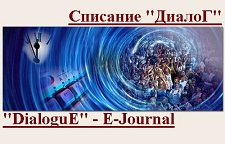
Keywords: e-business;Startup;Design thinking;IT-education;new educational technologies;technological entrepreneurship;training
The article considers features of development of startups in Russia. Department of Business Informatics Financial University under the Government of the Russian Federation teaches undergraduate and graduate students the basics of entrepreneurship on the Internet from 2015. Developed author's techniques of training of young entrepreneurs based on the use of technology design thinking. The authors use the example of a business game, which uses design thinking and Lean Startup.
More...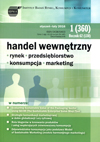
Keywords: new product; design; design management; innovation;
An aim of considerations is to present the changing role of designer in the process of new product development. Traditionally, the role of designers was to assign products a new external appearance, aesthetics. Such an understanding corresponds with the definition of the terms ‘design’ and ‘industrial design’. However, recently there can be observed a systematic growth of the interest in design in a much wider sense of this notion. Design more and more often is a source of innovation, of interpretation of the changes taking place in the market, a tool building company’s competitive advantage in the market. The article is of the conceptual nature, it is based on the literature review, and it presents the change of the role of designers during the process of new product development. Practical implications mean, first of all, delivery of knowledge and tools to Polish managers, who want to start work with designers, as well as provision of information on benefits of a broader perception of the role of designers in a business. Social implications mean assistance in communication between managers and designers.
More...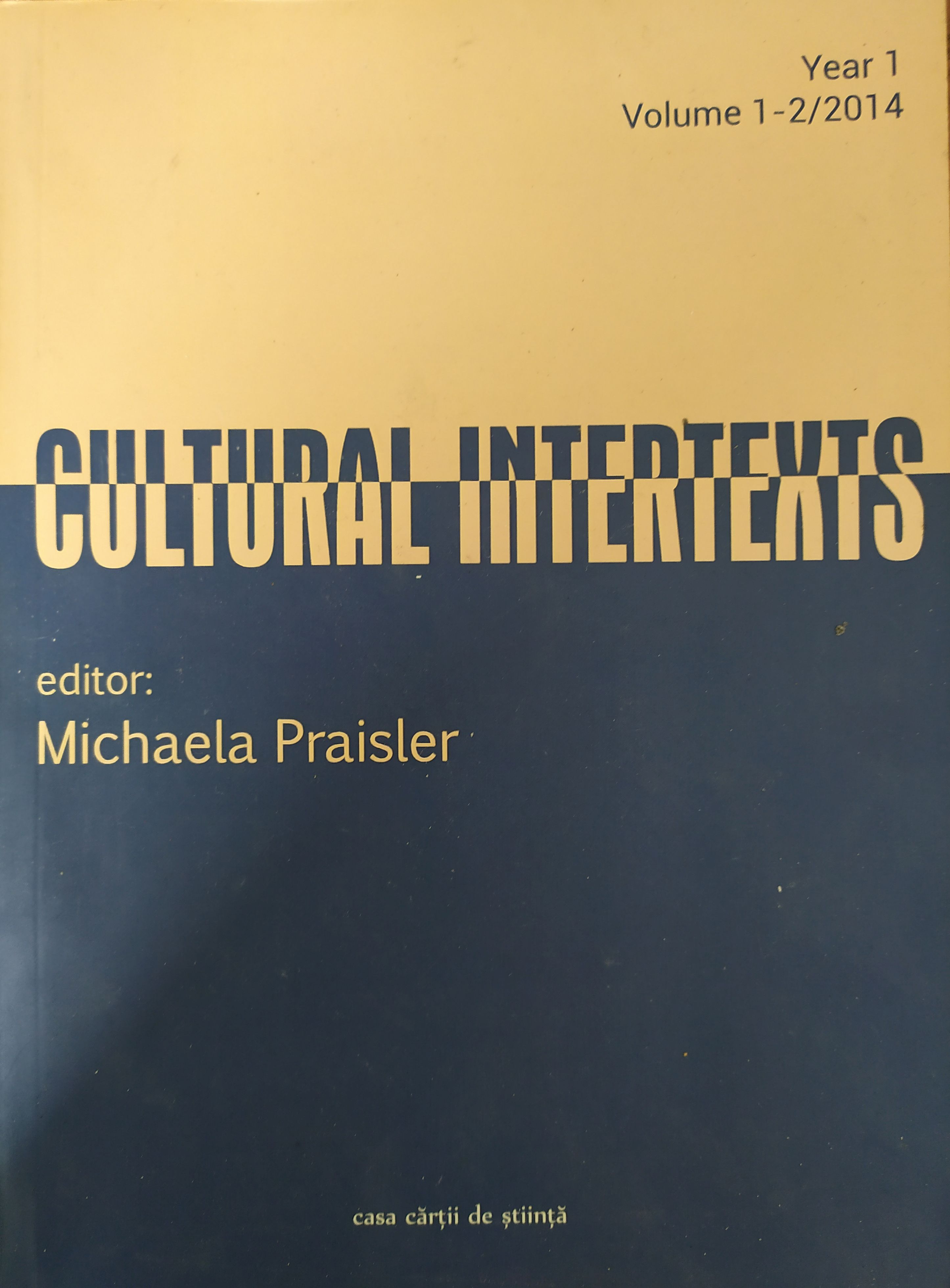
Keywords: civil engineering; morphology; noun phrase; nominalisation; passive voice;
This paper aims at investigating the particular features of civil engineering written discourse. A first assumption is made that the language employed in civil engineering is a subcategory of English for Specific Purposes. As part of ESP, it is thus bound to have a set of specialized lexical and grammatical features which are not in the repertoire of the non-users of that particular domain: complex noun phrases, special use of articles, special use of modal verbs, frequency of the passive voice and of present tense simple, long complex sentences, collocations, specialized terminology. Focus will be laid on demonstrating that the morphological features mentioned above are present in the texts which were selected for analysis. The texts belong to different domains related to civil engineering, namely steel structures, concrete constructions, building materials and railway systems. Two main morphological categories will be analysed in detail, i.e. the noun and the verb. In the part referring to the nominal component, the noun phrases used in the corpus, the special use of the articles and a process which we consider typical for our type of discourse, i.e. nominalization, will be investigated. In the section focusing on the verb, the voice, tense, aspect and the values of the modal verbs used in civil engineering texts will be analysed.
More...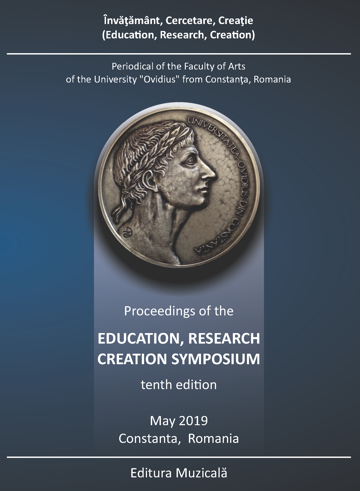
Keywords: Composition; Graphic design; Geometry design; Gold number;
The man's concern for beauty and comfort has, in time, highlighted relationships of interdependence between the aesthetics and the functional, causing the emergence of environmental, ambient, habitat and object concepts that today govern many aspects of the everyday life. In composition, the most important concept is the concept of proportion; it refers to the relationship between the visual and the elements. The proportion is the scale, the degree of dominance, or the subordination of the visual elements, it can create the order using the gold section to create harmony of the construction, thus the pre-thought relations can create a unique image, which pleasant for the viewer. The purpose of this paper is to construct the graphic design of an object, in a vertical scheme, using the gold section to create the harmony, the scale balance between one element and the other, or between an entire object and one of its parts.
More...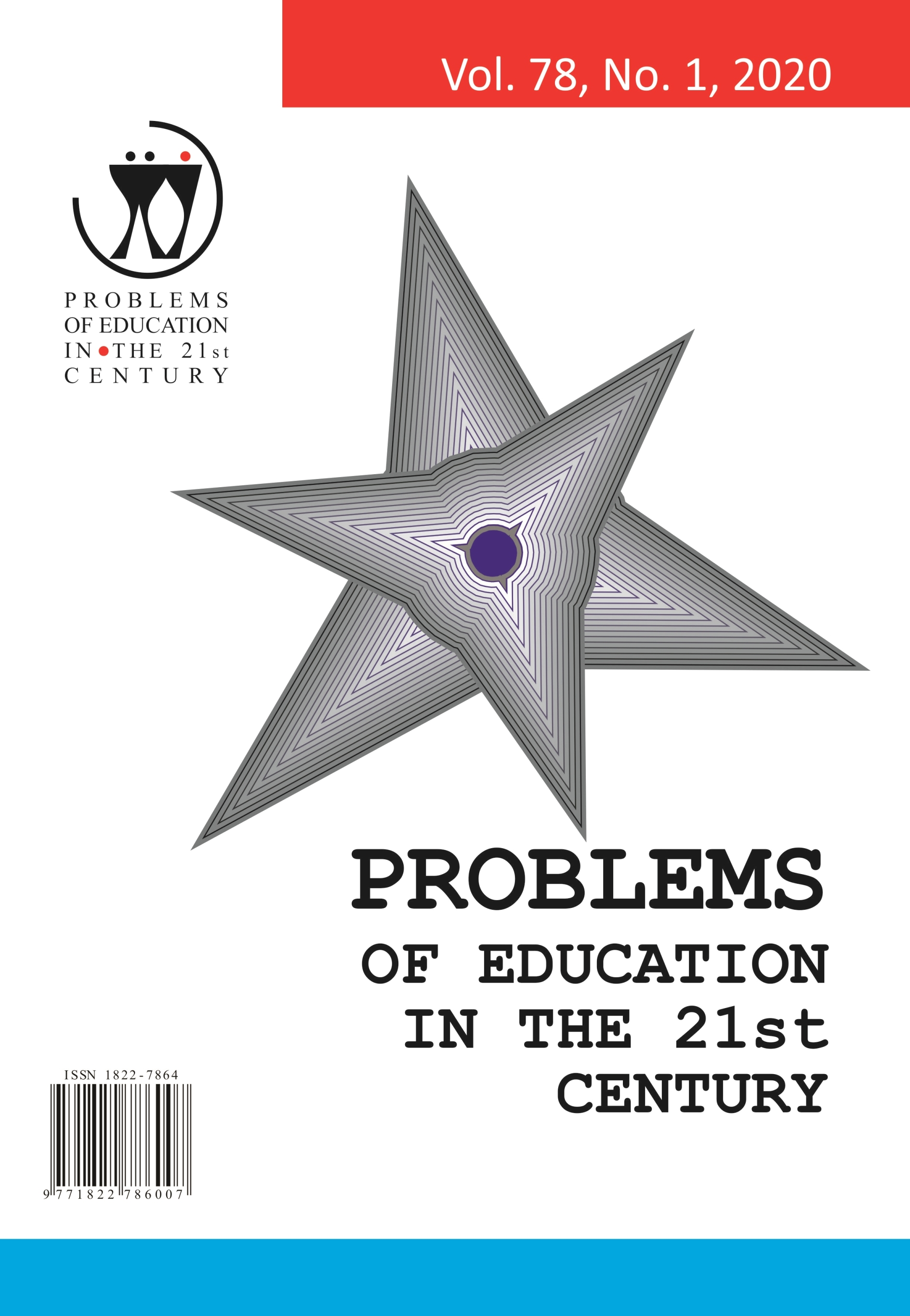
Keywords: competency-based assessment; competency-based education; higher education; learning taxonomy; rubric design;
Rubrics are assessment guides for grading and giving feedback to students while demonstrating acquired knowledge and skills. In the last decades, rubrics have been all part of the most used learning evaluation tools in higher education. Its use is further well-related to competency-based assessment purposes. Nevertheless, criticism around design and application has been also implemented in certain reports. In order to understand rubrics’ evolution, practice, benefits, and trends, a systematic literature review on rubrics’ design and use has been conducted. Two databases were selected: Scopus and ProQuest Education. Two phases were determined: The first allowed to identify articles related to rubrics’ design and application for almost three decades. 584 articles were found. From these, most cited articles served to give a scope of rubric evolution and trends. The second phase permitted to identify design and use of performance-based evaluation rubrics from 2009 and 2019. Five terms and Boolean combinations were used. A total of 259 articles was found. After analyzing abstracts and content, 11 open access articles on performance-oriented rubric design and application were chosen. As a result, some facts and reflections on rubric design complexity are discussed towards responding to educational challenges related to competency-based assessment contemporary demands: integration of human learning domains going beyond cognition, authenticity, and interdisciplinarity as features that characterize learning design situations, follow students’ progression, educator’s preparation on assessment literacy for responding to CBA demands, and the involvement of experts of the work field in determining essential evaluation indicators as the main topics looking forward to the next decade.
More...Keywords: COVID-19 pandemic;digital learning and teaching;digital readiness;strategic decision-making;Cynefin framework
This paper presents a pilot research of approaches taken by European Union (EU) Member States (MSs) in the emergency response to the COVID-19 crisis in pre-tertiary education. It includes a multi-case study of four MSs, examining their education systems’ digital readiness and “fitness for change”, as well as decision-making practices. We use the Cynefin framework of decision contexts to explore different paths in shifting from chaos to complexity. The preliminary findings of this research indicate that a factor positively influencing education systems’ response was not exclusively their digital readiness, but also “fitness” in terms of ongoing reforms and preparedness for change. The findings also suggest that MSs generally continued with their usual decision-making practices, with tendencies towards centralisation of crucial decisions, which is in line with the Cynefin framework, arguing for stronger leadership in chaotic contexts.
More...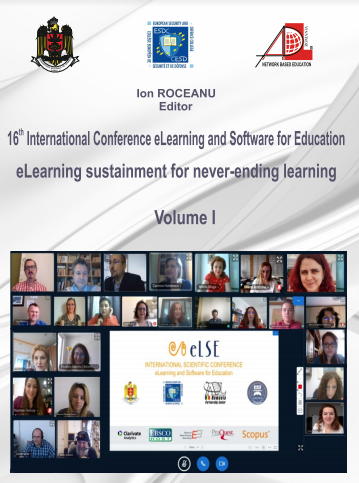
Keywords: fixtures; informatics application; intellectual property rights; industrial production;
Fixtures are used for orientation-positioning and clamping of parts during machining in production systems. This systems are composed of machine-tool, cutting tool, part and fixture, It is unanimously accepted that the most versatile component is the fixture. Thus, the creative act manifests itself most fully in the case of devices. As a consequence, it is necessary that the process of creation is followed by a process of protection of creation, from the point of view of the intellectual property law. In this paper an informatics system for selection of the modalities of intellectual protection for the novelties that are obtained in the field of technological fixtures. Firstly, the elements that characterize the fixture from the technical, economic, ergonomic, aesthetic and environmental point of view are identified. Then, for each feature, the ways of protecting the intellectual property for new achievements in the fixture domain are highlighted. Regarding the elements that characterize the fixture, those which are related to the supports, clamping/centering- clamping mechanisms, actuation, etc. are highlighted. Regarding the supports, the following aspects are highlighted: material, thermal / thermo-chemical treatment, shape, dimensions, placement, degree of universality, degree of standardization, etc. Tightening mechanisms are characterized by: the range of the clamping stroke, the magnitude of the clamping force, degree of universality, mechanical efficiency, etc. The drive system is characterized by nature (manual or mechanized) or type (mechanical, electrical, magnetic, electromagnetic, hydraulic, pneumatic, pneumatic, vacuum, etc.). The modalities of protection of the intellectual property are listed, after which the informatics system is presented; the proposed system allows the selection of the proper methods of protecting the intellectual property considering the novelty character of the elements that can appear at various levels in the designing of the technological fixture.
More...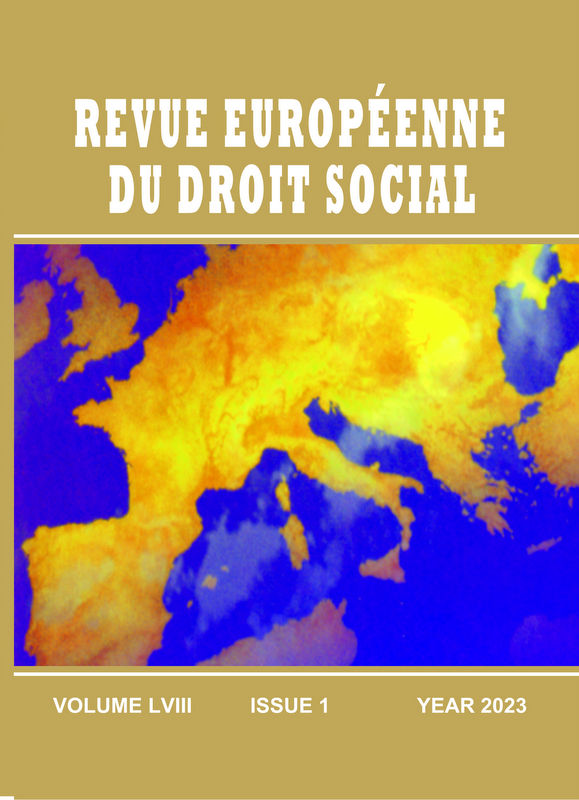
Keywords: education; labor supply; product innovation; financing constraints; growth;
This paper extends a two-period, three sectors overlapping generations’ model of endogenous growth where the interactions between financial constraints, innovation and labor supply are studied. The solutions of the model emphasize the important role financial constraints on innovation (induced by high intermediation costs) can play in reducing the economy’s growth performance. Inadequate access to finance has adversely affected the investment in knowledge creation activities. The finding also shows that lack of highly educated labor impedes innovation activities not only directly, but also indirectly by altering incentives to undergo training to acquire specialized skills.
More...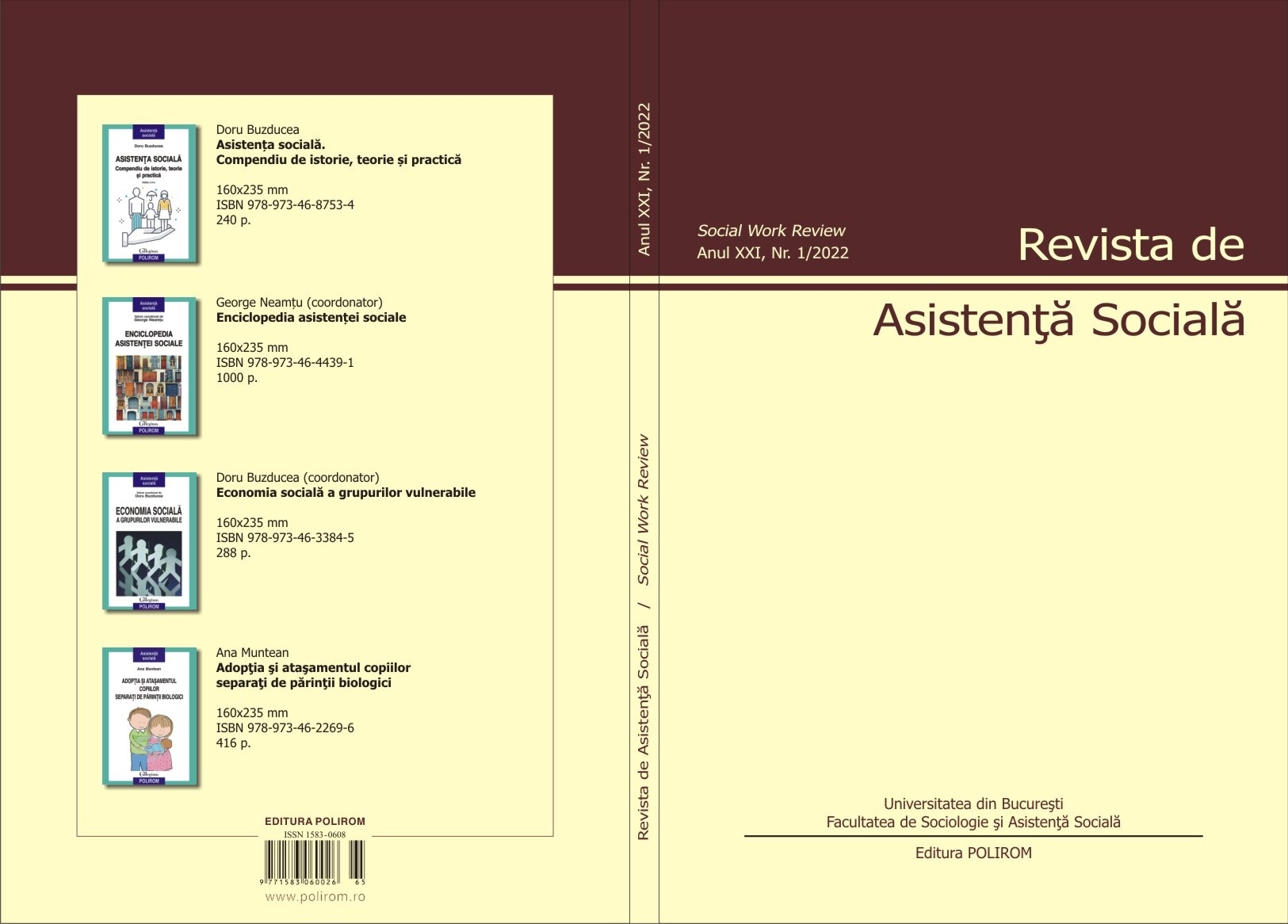
Keywords: Multifamily Group therapy; Calgary Model; Family communication; Family well-being;
Multifamily Group Therapy refers to a model of therapeutic intervention in which more than one family is treated simultaneously. The aim of this prospective, descriptive clinical study was to evaluate the impact of Multifamily Group Therapy on family well-being and communication. The sample consisted of 13 participants receiving treatment at the outpatient psychiatric unit of Akureyri Hospital, Iceland. Three questionnaires based on the Calgary Family Nursing model, developed in Iceland, were administered at the start and at the end of the treatment to evaluate family support: FPSQ (Family Perceived Support Questionnaire), EFFQ (Expressive Family Functioning Questionnaire), FIBQ (Family Illness Beliefs Questionnaire) and DASS (Depression, Anxiety, Stress Scale). This pilot study’s results indicate that Multifamily Group Therapy decreases depressive symptoms during the treatment period, there is a tendency for increased family support and emotional functioning. Finally, improvements regarding family attitudes towards illness are suggested.
More...